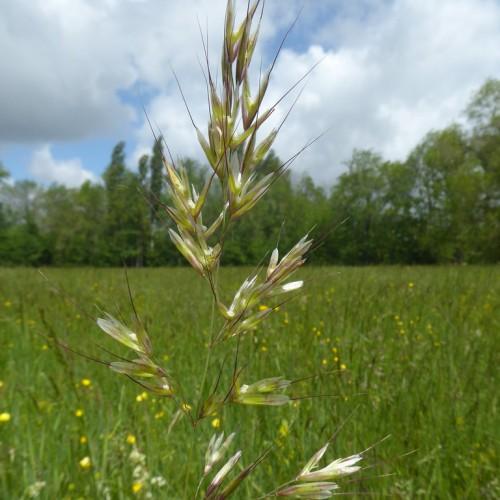
Downy Alpine Oatgrass
Avenula pubescens
Watering:
Average
Hardiness Zone:
Sun:
full sun,part shade
Leaf:
Yes
Growth Rate:
High
Drought Tolerant:
Yes
Care Level:
Medium
watering
Cultivated oats (Avena sativa) should be watered thoroughly when the soil begins to feel dry to the touch, approximately every 7-10 days depending on the weather. During the hottest part of summer, oats may require more frequent watering as they are sensitive to drying out. It is important to avoid overwatering oats, as this can lead to root rot. When watering, be sure to provide enough water that it is thoroughly absorbed into the soil and the excess is allowed to drain away.
sunlight
Cultivated Oats (Avena sativa) prefer full sun, receiving about 8 hours or more of direct sunlight each day. This species does well with both partial and full sun, but there needs to be an adequate amount of both direct and indirect light for the oats to thrive. Oats will not do well in shaded areas as they need to soak up the sun's energy in order to grow and produce food for itself. The optimal time of day for the oats to get full sun is between 8:00 am and 4:00 pm, when the sun is at its highest and most direct. If the oats don’t get enough light, the leaves will become pale and the stems will become weak.
pruning
Cultivated oats (Avena sativa) should be pruned once per year in late winter or early spring when they are still dormant. Prune back the overall plant by up to 1-third, cutting the main stems back just above a strong, outward-facing bud. To control the size of the plant and ensure the oats receive enough sunlight, you can also trim back the side shoots of the oats. This will encourage the remaining foliage to grow thicker. It is best to avoid pruning oats any later in the season, as this can reduce the grain yield.
